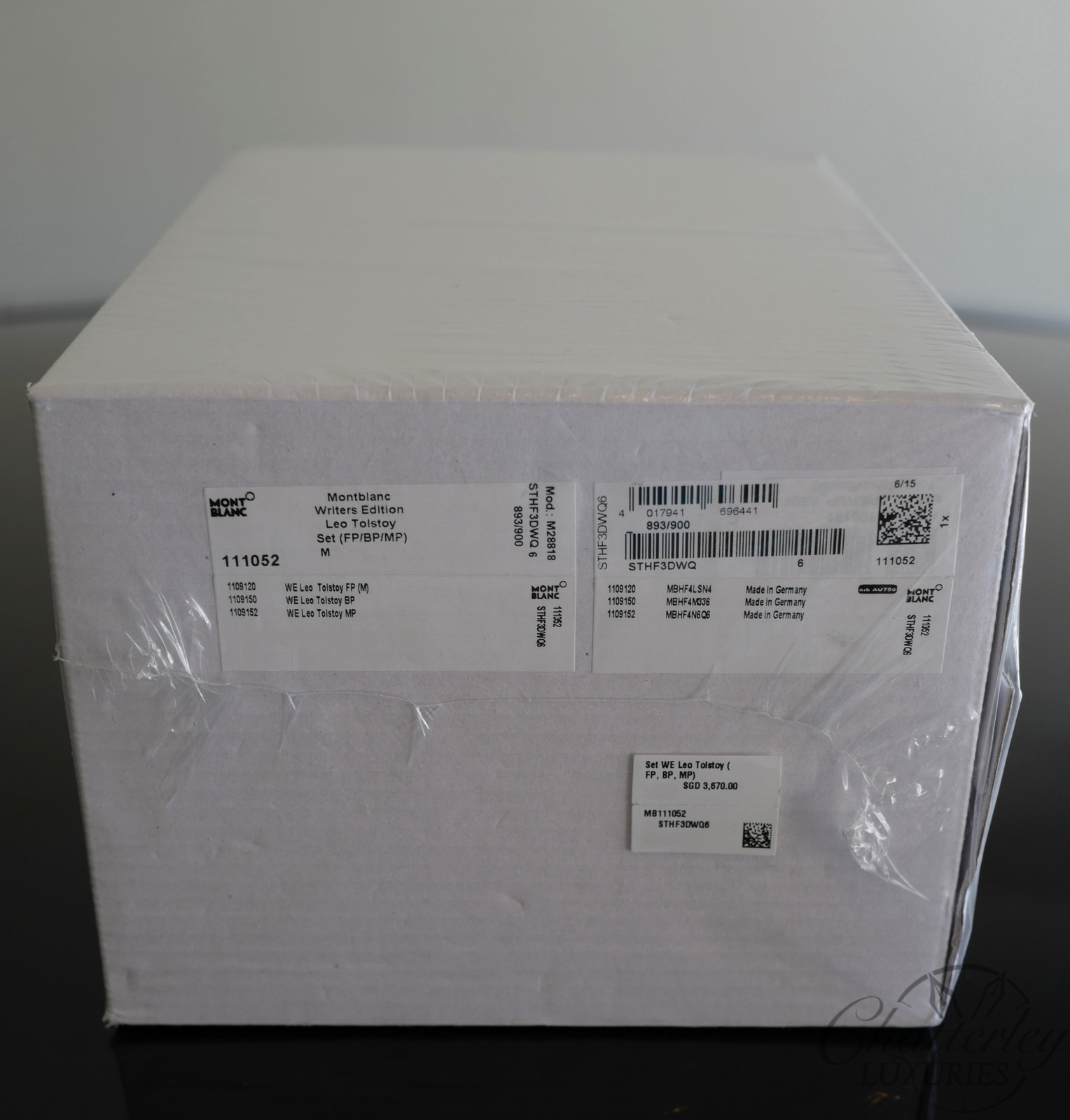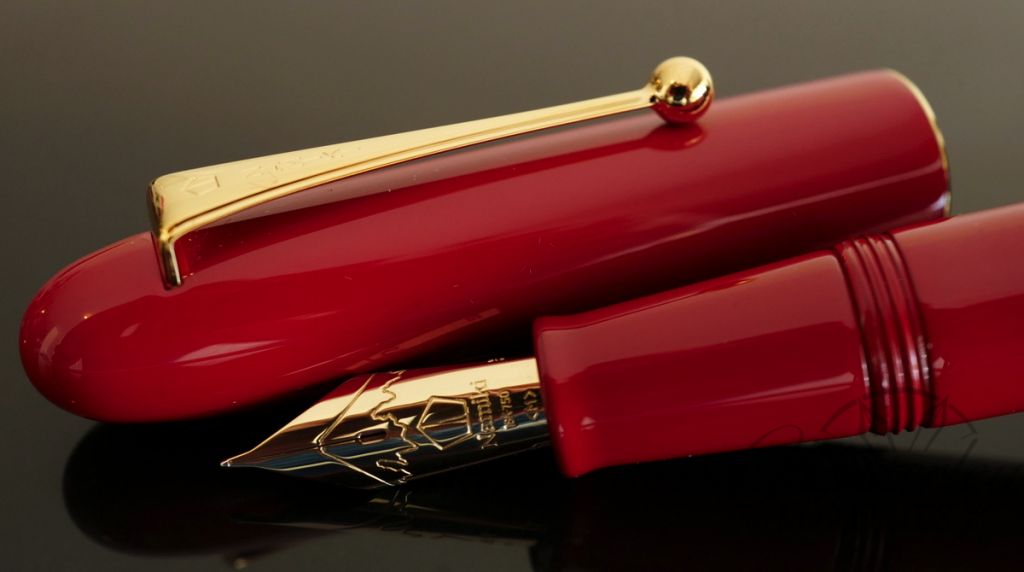Graf Von Faber-Castell Pen Of the Year 2016 Schloss Schönbrunn Vienna Platinum Plated Fountain Pen
This is the Platinum Plated Version. This pen comes with full warranty.

Love and Magnificence
In 1736, Maria Theresa married Francis Stephen of Lorraine, whom she knew and treasured from childhood. This was a marriage of love, which was very unusual for the time.
The ruling couple spent the summer months in Schönbrunn Palace, which Maria Theresa had specially renovated: “You spare no effort when you are true to each other and in love,” wrote the Empress to a friend.
This 1441-room, magnificent building became the cultural and political centre of the Hapsburg Empire. Important matters were decided there, and lively celebrations were also held.

Expression of a deep Bond
After 29 years of a happy marriage, Maria Theresa lost her beloved husband unexpectedly in 1765. She wrote about this: “I have lost a husband, a friend, the only object of my love.”
She furnished his former study with things that were the most precious to them both, thus ensuring the best way to express her love for Francis Stephen: “Nothing in this world, all diamonds mean nothing to me. The only things that give me joy come from China, especially lacquerware”.
Lacquer was seen at that time as especially precious, as well as the epitome of luxury and exquisite taste due to the extremely costly and time consuming process of extracting it from the lacquer tree. Maria Theresa therefore spared no expense when furnishing the memorial room for Francis Stephen with their shared passion for Far East lacquer art.

A Jewel of a precious Memory
Among the prized possessions of the huge collection at Schönbrunn Palace are valuable Chinese screens from the imperial manufactory in Beijing.
Their black lacquer panels masterly-painted with gold using the Chinese Miaojin technique were placed in panelling made from flamed maple and set with a gilded frame in 1770.
Delicate gold paintings of landscapes, pagodas and floral patterns have been captivating the eye since that time in the Vieux-Laque Room, giving expressions of happiness, fortune, transience and immortality.

Master Craftmanship
Lacquer art was invented in China and can be traced back to the Shang Dynasty (1600 – 1046 BCE).
It also spread to Japan among other places. It was further refined there into different techniques. Lacquer art finally reached its peak in the 9th century. Objects made from wood, clay or metal are covered with several wafer-thin lacquer layers, and decorated with figures or ornaments, and with inlays of mother-of-pearl or ivory.
In this way, the panels of the Vieux-Laque Room are an expression of perfect craftsmanship spanning over thousands of years.

Far Eastern Aura in Perfection
We were very pleased to have acquired true artists of their craft for the design work of the “Pen of the Year 2016”:
The conservator of the Vieux-Laque Room Silvia Miklin and the Japanese artist Tomizo Saratani who specialises in the Maki-e technique. We worked together developing a motif that is divided into three parts, yet comes together to make a whole. During the most time consuming phases, each of the three plates are first painted black, then polished and burnt several times by hand.
Then the artist lovingly draws the motif on the lacquer and then sprinkles the still wet drawing several times with 24-carat gold powder in different tints. This results in a relief that can still be perceived through additional protective lacquer works. Thus the characteristic look-and-feel of Hira Maki-e lacquer work is born.

Writing de Luxe
The platinum-plated variant of the “Pen of the Year 2016” is also inspired by the design of the Vieux-Laque Room in a unique way.
Hand-ground plates made from deep black onyx are set in elaborately created, platinum-plated frames and contrast with individually grained flamed maple in a fascinating manner.
The platinum-plated fountain pen is limited to 500 units, the rollerball pen to 150. The special edition is limited to 120 fountain pens and 50 rollerball pens.
MSRP $4500







